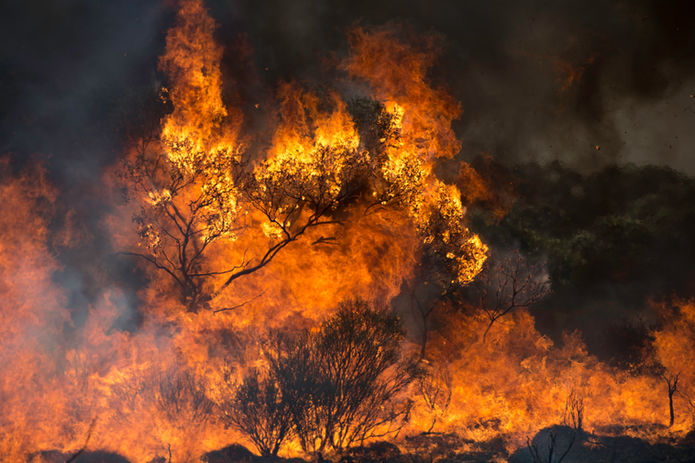

PILA NGURU
Welcomes you to Spinifex Country!
SPINIFEX RANGERS.
About Our
Ranger Program.
In 2000, the Spinifex People nominated Pila Nguru (Aboriginal Corporation) as their registered native title body corporate to hold their native title rights and interests on trust on their behalf.
Pila Nguru supports the Spinifex People's aspirations for cultural and natural heritage management by facilitating intergenerational transfer of cultural knowledge.
The Spinifex Native Title determination in 2000 was the first determination of native title in Western Australia following the commencement of the operation of the Native Title Act. The Federal Court recognised the exclusive native title rights and interests of the Spinifex people.
For more information on our Native Title role as a PBC visit the Central Desert Native Title Services website here!
Further information is available online at: http://nativetitle.org.au/profiles/profile_wa_pilanguru.html
Mens Ranger Program.


History Of Our
Ranger Program.

Following the establishment of Tjuntjuntjara in 1989, it was identified that engaging in conservation and land management programs could provide opportunities for meaningful and culturally relevant employment that combined management of natural values with fulfilling cultural obligations to care for country. At this time, Anangu tjutaku attempted to develop a land management program in-conjunction with the Western Australian Department of Biodiversity, Conservation and Attractions and Conservation (then Dept of Conservation & Land Management; CALM).In 2000, the Spinifex People nominated Pila Nguru (Aboriginal Corporation) as their registered native title body corporate to hold their native title rights and interests on trust on their behalf.
A part time CALM liaison Ranger position with vehicle and some basic tools was funded for 12 months during this time and several joint field trips undertaken but the program was unsustainable. CALM did not have the human or financial resources to consistently manage such a large, remote reserve. The MOU was never ratified and this first foray into formal land management did not progress. In the late 1990’s, following preparation of the Spinifex Native Title Claim, a Spinifex Land Management Plan was developed. This forward-looking plan identified and outlined probable land management issues arising from a likely successful native claim by Spinifex People; structuring of tourism on Spinifex-Pilki Country; potential land management projects (e.g., fire management, maintenance of traditional water sources); possible Spinifex enterprise developments such as seed collection, storage and sale, and potential funding sources for land management activities. Exclusive-possession Native Title to the Spinifex Native Title Area was granted in 2000 – the strongest Native Title Determination at the time and the first in Western Australia. For the next 10 years or so small, community based activities occurred with support of small grants such as available through the Indigenous Heritage Program. These trips were largely selffunded by community members using their own vehicles and funds. Momentum gradually built until 2011 when Pila Nguru secured funds from Rangelands NRM to participate in the Keeping Desert Country Healthy Project.
It was around this time that Pila Nguru submitted an expression of interest (EOI) to the Indigenous Protected Areas (IPA) program of the Australian Government. At this time, the program was fully subscribed meaning Pila Nguru had to look elsewhere for funding to establish a land management program. The following year Pila Nguru was successful in its application to the Indigenous Land Corporation (ILC) for funding to develop a Spinifex Country Strategic Property Management Plan (SCSPMP) covering the Spinifex Native Title Determination. The process of developing this community-driven plan helped deliver the most significant project funding to that point – $2.5 million over 5 years for the Enhancing Western Desert Connectivity & Ecosystem Resilience Project. Spinifex Land Management was born.
Spinifex Land Management subsequently began and a busy period for the Spinifex-Pilki community ensued.
The next significant moment came on the 2nd of December 2014 when Pilki claimants were granted exclusive-possession Native Title over the Pilki Claim. This added nearly 2 million hectares to the Spinifex Land Management estate. The Kaltupakal Directors and Members voted to allow SLM with Kaltupakal native title holders to conduct land management activities over the Kaltupakal native title determined area. In 2018, the contribution of Spinifex Land Management’s work to caring for country was recognised nationally by being awarded the Indigenous Land Management Award at the National Landcare Conference. A huge achievement given the relative youth of the program.








